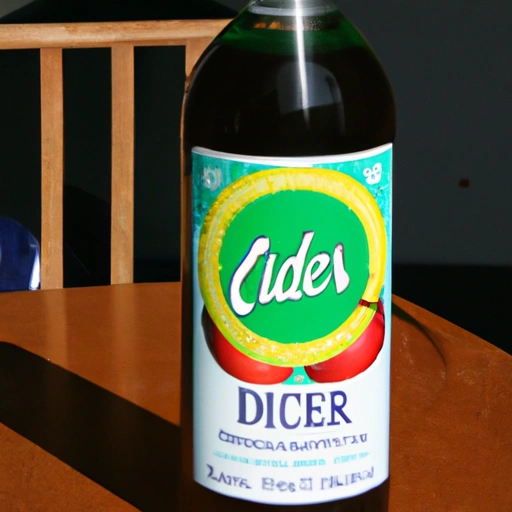Cider
Description

Cider, a versatile beverage derived from the fermentation of apple juice, is a staple ingredient in both American and European cooking. It is known for its crisp, tangy flavor that can range from sweet to dry, depending on the variety of apples used and the fermentation process. Cider can be found in both alcoholic and non-alcoholic forms and is measured in fluid ounces (oz) or milliliters (ml) when used in recipes.
Common uses
Cider is commonly used as a beverage on its own, served chilled or mulled with spices. It also finds its way into various culinary applications, such as marinades, glazes, and as an ingredient in dressings and sauces. Its acidity and fruity notes make it an excellent liquid for deglazing pans and incorporating flavor into a multitude of dishes.
Nutritional value
Calories
Typically, a serving of non-alcoholic cider (8 fl oz / 237 ml) contains around 120 calories, while the same serving size of hard cider can contain around 150-200 calories, depending on its sugar content.
Protein
Cider is not a significant source of protein, with less than 0.5 grams per serving.
Fat
Cider usually contains no fat.
Carbohydrates
Most of the calories in cider come from carbohydrates, primarily in the form of sugars from the apple juice, with a typical serving containing about 30 grams.
Vitamins
While processing can reduce the vitamin content, cider can still be a source of certain vitamins, such as vitamin C.
Minerals
Cider contains a range of minerals, including potassium, which can be beneficial as part of a balanced diet.
Health benefits
The moderate consumption of cider, particularly non-alcoholic versions, can contribute to hydration and provide some antioxidants found in apples. The polyphenols in cider may have potential health benefits, contributing to heart health and possibly reducing inflammation.
Potential risks
Overconsumption of alcoholic cider can lead to increased calorie intake and potential alcohol-related health risks. As with any food containing added sugars, it is important to consume cider in moderation to avoid negative health effects such as weight gain and dental problems.
Common recipes
Cider is a key ingredient in recipes such as pork chops with apple cider glaze, cider-braised chicken, apple cider vinaigrette, and traditional autumnal desserts like apple cider donuts.
Cooking methods
Cider can be used in boiling, braising, and simmering, as well as a liquid base for making reductions and sauces. It's also popular in baking and as a component in brines and marinades.
Pairing with other ingredients
Cider pairs exceptionally well with pork, poultry, and root vegetables. Its fruity tang complements the richness of cheeses, and it can balance the flavors in spicy dishes.
Summary
Cider is a beloved ingredient that brings a unique flavor to a variety of dishes. Its rich historical background and versatile culinary applications make it a favorite in both American and European cuisines. With its nutritional benefits and broad pairing potential, cider is a valuable addition to any kitchen around the world.